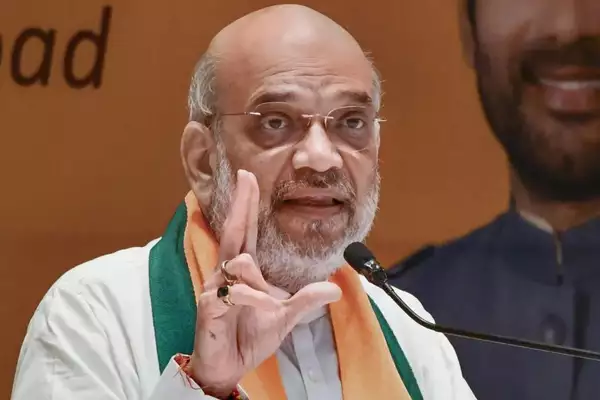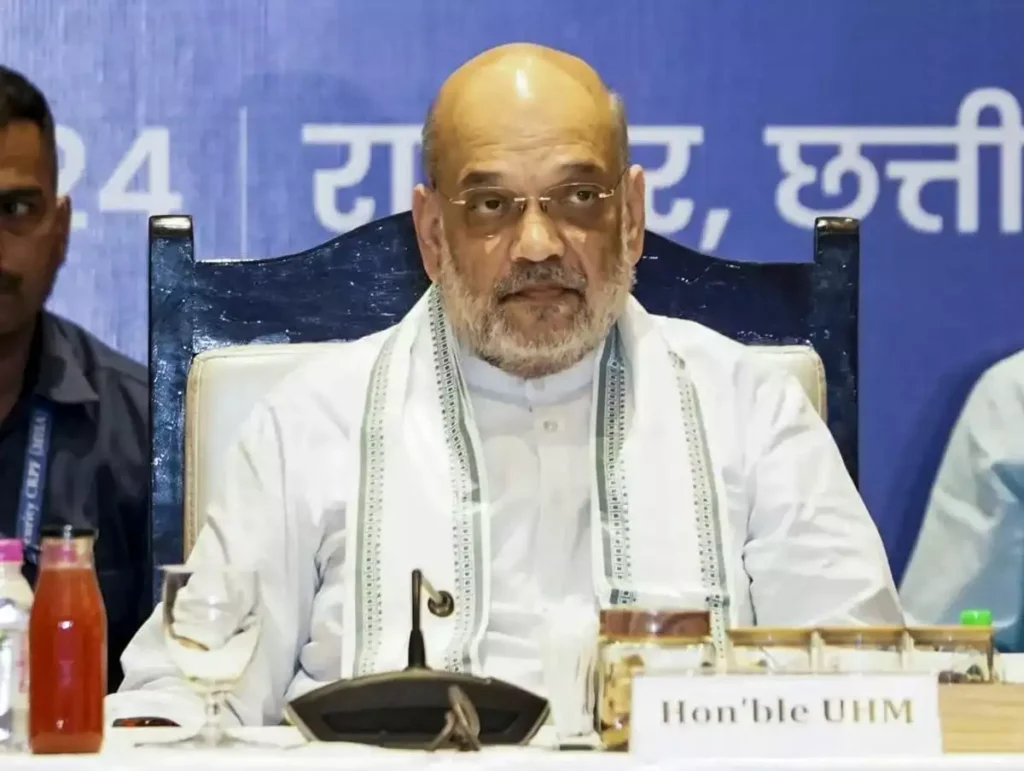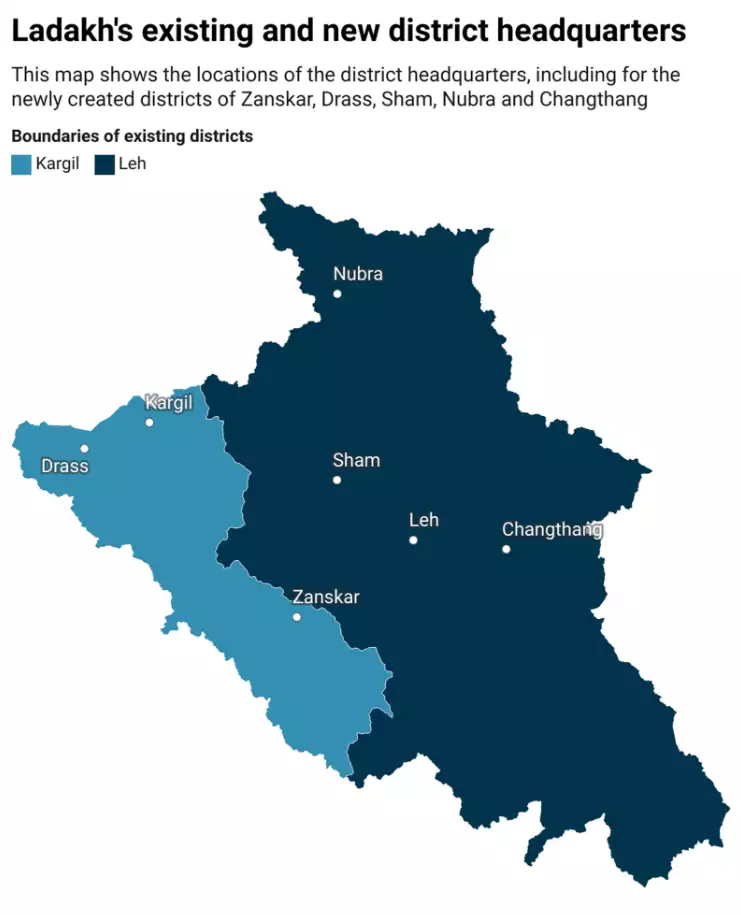The Union Ministry of Home Affairs announced the creation of five new districts in the Union Territory of Ladakh: Zanskar, Drass, Sham, Nubra, and Changthang.
Significance of creating new districts in ladakh:
- Enhanced governance: Ladakh’s challenging geography and low population density make it difficult to administer effectively. Creating new districts aims to improve governance by ensuring that administrative services reach even the most remote areas.
- Better implementation of welfare schemes: By establishing new districts, public welfare schemes can be delivered more efficiently to residents, promoting overall development across Ladakh.
- Addressing local needs: The creation of new districts addresses specific local needs, making governance more localized and responsive.
How Are Districts Created?
State government authority:
- The power to create, alter, or abolish districts lies with the state governments. They can execute these changes by issuing an executive order or passing legislation in the state assembly.
Preference for executive orders:
- Most states prefer issuing a notification in the official gazette rather than passing new laws, as this is quicker.
Center’s limited role:
- The central government generally does not interfere in creating or altering districts.
- However, if a state wants to change the name of a district, it must seek approval from the Home Ministry, which then coordinates with other departments to finalize the change.
Ref: Source
| UPSC IAS Preparation Resources | |
| Current Affairs Analysis | Topperspedia |
| GS Shots | Simply Explained |
| Daily Flash Cards | Daily Quiz |
Frequently Asked Question:
Why were five new districts created in Ladakh?
To enhance governance, better implement welfare schemes, and address specific local needs in remote areas.
Which new districts have been created in Ladakh?
The new districts are Zanskar, Drass, Sham, Nubra, and Changthang.




